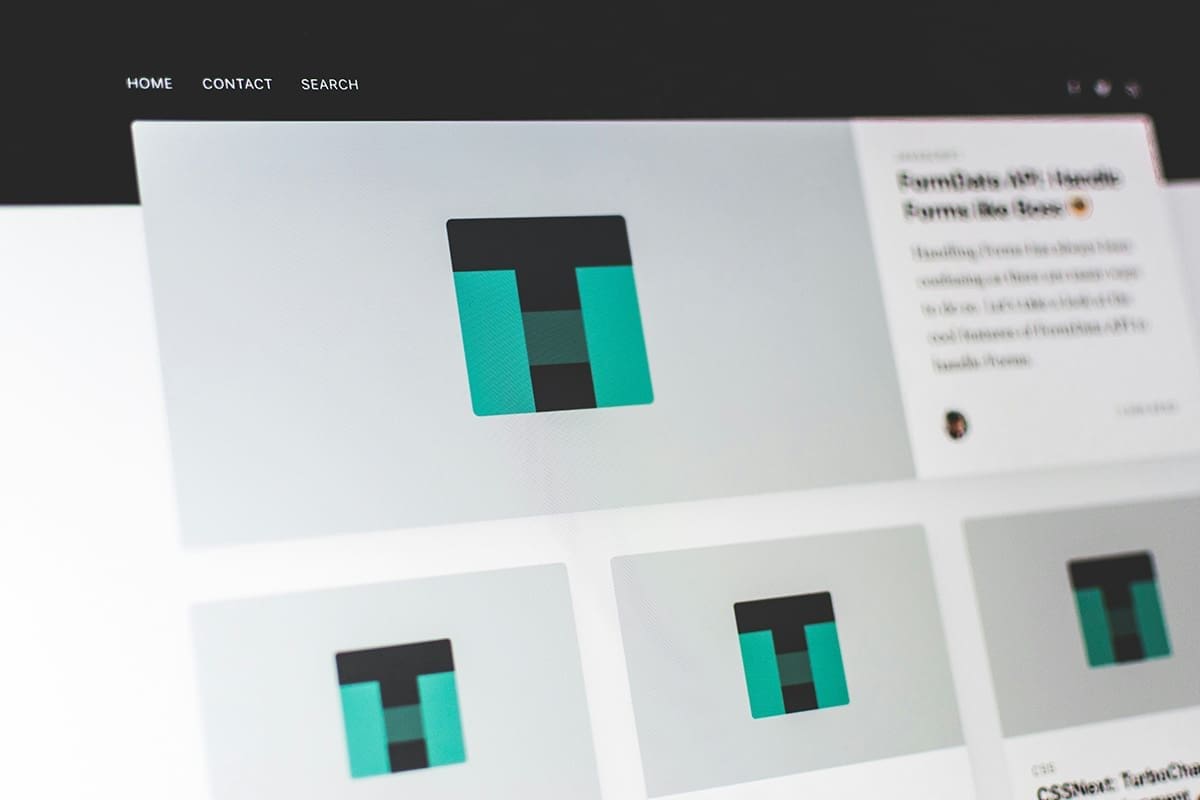
Crafting a Site for Success SEO Design Tactics
In today’s digital age, having an attractive website isn’t enough. To stand out in a crowded online space, your site needs to be optimized for search engines. SEO-friendly web design is essential for businesses looking to improve their online visibility and attract more visitors. This blog post will provide practical tips for small business owners, digital marketers, and web designers to create a website that ranks well on search engines.
Understanding SEO-Friendly Web Design
What is SEO-Friendly Web Design?
SEO-friendly web design is the practice of creating a website that follows best practices for search engine optimization (SEO). This approach ensures that search engines can easily crawl, index, and understand the content of your site. Additionally, an SEO-friendly design provides a seamless user experience (UX), which is crucial for retaining visitors and encouraging engagement.
The Connection Between UX and SEO
User experience and SEO go hand in hand. A site that offers a great UX is likely to perform better in search engine rankings. Factors like easy navigation, fast loading times, and mobile responsiveness directly impact how users interact with your site, and search engines consider these factors when determining rankings.
Key Elements of SEO-Friendly Design
Mobile Responsiveness
With mobile devices accounting for a significant portion of web traffic, having a mobile-responsive design is non-negotiable. Google’s mobile-first indexing means that the mobile version of your site is considered the primary version. Hence, a mobile-friendly design improves your site’s accessibility and boosts your SEO performance.
Fast Loading Times
Page speed is a critical factor for both UX and SEO. Slow-loading sites frustrate users and lead to higher bounce rates. Search engines prioritize fast-loading sites in their rankings. Optimize images, use efficient coding practices, and leverage browser caching to enhance your site’s loading speed.
High-Quality, Original Content
Content is king in the world of SEO. High-quality, original content not only engages visitors but also helps your site rank higher in search results. Ensure that your content is relevant, informative, and includes targeted keywords naturally to attract both users and search engines.
Web Design SEO Tips
Utilizing Keyword Research
Incorporate keyword research into your design process from the start. Identify relevant keywords that your target audience is searching for and strategically place them in your content, meta tags, headers, and URLs. This approach helps search engines understand the relevance of your site to user queries.
On-Page SEO Best Practices
On-page SEO involves optimizing individual pages to rank higher and earn more relevant traffic. Use descriptive and keyword-rich titles, meta descriptions, and headers. Implement internal linking to guide users and search engines through your site. Ensure that your content is structured logically and is easy to read.
Clear Navigation and Site Structure
A well-organized site structure and clear navigation are essential for both users and search engines. Create a logical hierarchy with categories, subcategories, and pages that are easy to follow. Use breadcrumb navigation to help users and search engines understand the relationship between pages.
Designing for SEO Success
SEO-Friendly URL Structure
Create clean, descriptive URLs that include relevant keywords. Avoid using complex strings of numbers or special characters. A simple and consistent URL structure helps search engines and users understand the content of your pages.
Optimizing Images and Multimedia
Images and multimedia elements enhance user engagement, but they also need to be optimized for SEO. Use descriptive filenames and alt text for images to help search engines understand their content. Compress images to reduce loading times and use video transcripts to make multimedia content accessible and searchable.
Social Sharing and Backlink Opportunities
Incorporate social sharing buttons into your design to encourage users to share your content. Social signals can indirectly impact your search engine rankings by increasing visibility and driving traffic. Additionally, design your site to be link-worthy by creating high-quality content that other sites will want to link to.
Conclusion
SEO-friendly web design is crucial for online success. By implementing the tips provided in this post, you can improve your site’s visibility, user experience, and search engine rankings. Remember, a well-designed website is not only aesthetically pleasing but also optimized for performance and usability. Start applying these strategies today and take your site to the next level.
We’d love to hear from you! Share your thoughts and experiences with SEO-friendly web design in the comments below. Let’s continue to grow and succeed together.



Leave a Reply